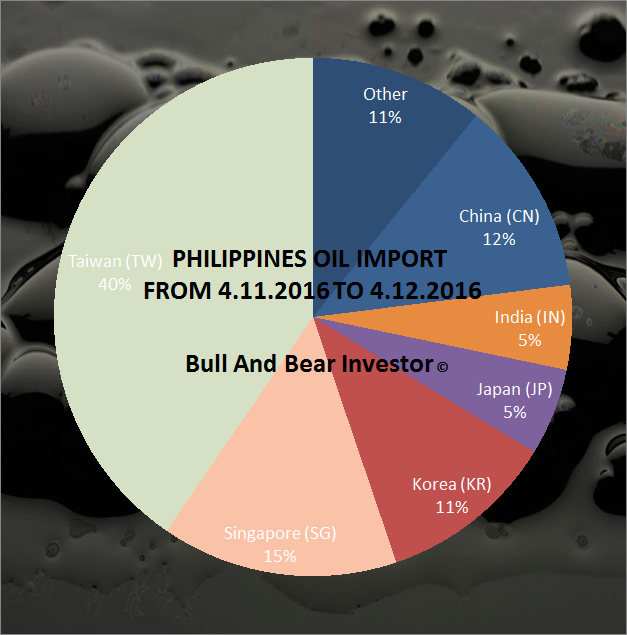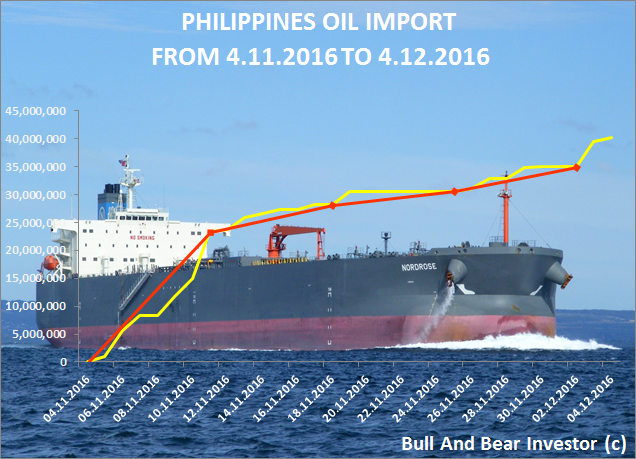By: Patrick M. Ariate
Responding to the needs of Filipinos who want to seek jobs overseas, the Institute of Languages and Creative Arts (ILCA) calls university and non-university students to enroll in the short-term art classes it offers.
Approved as per BOR Resoluation No. 3576, S. 2005, ILCA maintains sets of highly-skilled tutors. Each is paid PHP 280.00 per 1-hour session per tutee. Interested students may avail a tutorial in half an hour and pay half of the fee.
After finishing a 3-month-course in German language, students must take and pass the language proficiency examinations at the Goethe-Institut Manila (German Cultural Center) to able to get their visas and seek jobs in Germany. ILCA is liaising with the said institute for possible accreditation by its linkage, the German Embassy Manila. On the other hand, French, Dutch and other languages tutees, who are mostly nurses, do the same process to have their visas.
ILCA constantly receives referrals from the Philippine Overseas Employment Administration (POEA), Technical Education and Skill Development Authority (TESDA), downtown universities, and from friends of clients outside the country.
The institute also emphasizes that in the competitive world of work, employers demand for workers who are experienced and competent in foreign languages and cultural studies, and adept not just in sciences but also in the arts.
COURSES OFFERED:
* German * Piano * Play Directing
* French * Guitar * English Grammar Tutorial
* Mandarin * Voice * Short Story / Song Writing
* Nihongo * Violin * Script Writing
* Korean * Drums
* Spanish * Dance
* Dutch * Drawing
* Latin * Painting
* Italian * Song-writing
* Bahasa
+++++++++++++++++++++++++++++++++++++++++++++++++++++++
Telephone Number: 082 - 224 - 1372, 225 - 4696, local 210
Facebook: usepil121405@yahoo.com.ph
Twitter: @ UsepIL09
Website: www.usep.edu.ph and then click MORE and look for Institute of Languages and Creative Arts.
This might not be the typical expat blog, written by a German expat, living in the Philippines since 1999. It's different. In English and in German. Check it out! Enjoy reading! Dies mag' nun wirklich nicht der typische Auswandererblog eines Deutschen auf den Philippinen sein. Er soll etwas anders sein. In Englisch und in Deutsch! Viel Spass beim Lesen!
You plan to move to the Philippines? Wollen Sie auf den Philippinen leben?
There are REALLY TONS of websites telling us how, why, maybe why not and when you'll be able to move to the Philippines. I only love to tell and explain some things "between the lines". Enjoy reading, be informed, have fun and be entertained too!
Ja, es gibt tonnenweise Webseiten, die Ihnen sagen wie, warum, vielleicht warum nicht und wann Sie am besten auf die Philippinen auswandern könnten. Ich möchte Ihnen in Zukunft "zwischen den Zeilen" einige zusätzlichen Dinge berichten und erzählen. Viel Spass beim Lesen und Gute Unterhaltung!
Ja, es gibt tonnenweise Webseiten, die Ihnen sagen wie, warum, vielleicht warum nicht und wann Sie am besten auf die Philippinen auswandern könnten. Ich möchte Ihnen in Zukunft "zwischen den Zeilen" einige zusätzlichen Dinge berichten und erzählen. Viel Spass beim Lesen und Gute Unterhaltung!
Thursday, December 15, 2016
Friday, December 9, 2016
The Ring of Fire
SCIENCE
Ring of Fire: Five facts about the most earthquake prone region in the world
By: Zulfikar Abbany
The Pacific Ring of Fire is aptly named. It's a string of volcanoes in the Pacific Ocean, and the region is prone to earthquakes. In fact, most earthquakes strike within the ring. Here's five facts.
How big is the Pacific Ring of Fire?
The Ring of Fire dominates the Pacific Ocean. It's a string of at least 450 active and dormant volcanoes that form a semi-circle, or horse shoe, around the Philippine Sea plate, the Pacific Plate, Juan de Fuca and Cocos plates, and the Nazca Plate. There is a lot of seismic activity in the area.
About 90 percent of all earthquakes strike within the Ring of Fire. This means people's lives are under almost constant threat in Indonesia, the Philippines, Malaysia, Japan, Australia and New Zealand, Papua New Guinea, and other island nations like the Solomon Islands, Fiji, and many more in Melanesia, Micronesia and Polynesia, all the way east to the western seaboard of the North and South Americas. Although levels of threat differ depending on local factors like your proximity to the quake's epicenter, whether it's out to sea or on land - and standards of housing.
Why so many volcanoes in the Ring of Fire?
The tectonic plates move non-stop over a layer of partly solid and partly molten rock. This is called the Earth's mantle. When the plates collide or move apart, for instance, the Earth moves, literally. Mountains, like the Andes in South America and the Rockies in North America, as well as volcanoes have formed through the collision of tectonic plates.
Many volcanoes in the Ring of Fire were created through a process of subduction. And most of the planet's subduction zones happen to be located in the Ring of Fire.
What is subduction?
Subduction happens when tectonic plates shift, and one plate is shoved under another. This movement of the ocean floor produces a "mineral transmutation," which leads to the melting and solidification of magma - that is, the formation of volcanoes. Basically, when a "downgoing" oceanic plate is shoved into a hotter mantle plate, it heats up, volatile elements mix, and this produces the magma. The magma then rises up through the overlying plate and spurts out at the surface.
If, however, the overlying plate is ocean, it can produce a chain of volcanic islands like the Marianas. This is also where we see the Earth's deepest trenches and deepest Earthquakes.
When and where were the worst earthquakes in the Ring of Fire?
The worst earthquake in the Ring of Fire - and, with it, the world - struck Chile on May 22, 1960. It was a 9.5-magnitude quake. That's according to the US Geological Survey's list of the "Largest Earthquakes in the World Since 1900."
It's closely followed by the Great Alaska Earthquake of 1964 (magnitude 9.2), the Northern Sumatra earthquake - also known as the Indian Ocean Tsunami - on December 26, 2004 (magnitude 9.1), and one off the East Coast of Honshu, Japan, on March 11, 2011 (magnitude 9.0), which led to a tsunami and ultimately the nuclear disaster at Fukushima.
Most of the earthquakes on the list are strictly within the Ring of Fire, and they range from magnitude 9.5 to 8.5.
Given all this activity, can't we predict earthquakes in the Ring of Fire?
No. Most experts will tell you it's (so far) been impossible to predict earthquakes. Even if two happen within the ring in close succession, it is hard to say the one had anything to do with the other. One earthquake will not necessarily cause another.
Some seismologists are cautiously open to the idea that whatever we do as humans - whether it's testing nuclear explosives or deep-sea drilling - all has a potential impact. But there's little or no hard, scientific proof.
As for the Ring of Fire specifically, the region is under constant tension. When a quake strikes, that tension is temporarily relieved, but it soon starts to build again. So all that is left for the people who live around the Ring of Fire is to be aware of the danger, perhaps to live further inland, build safer, earthquake resistant housing, and for nations everywhere to improve oceanic and land-based early-warning systems to help minimise the risk to life.
Philippines Is Looking Around for More Oil and Gas
About: Energy Select (XLE)
Summary
Tanker data is showing a twisted picture.
Philippine lawmakers have work to do.
Plans to build a new seaport in South China Sea.
The Philippines is a state which consists of islands that are situated on the way of a $5 trillion-a-year trade route, a location of strategic importance. Its economy is swiftly advancing at a significant growing pace of about 7% a year and is in the process of evolving into another Asian epicenter of affluence. The domestic oil and gas production is lagging behind the growing energy appetite, and the reliance on energy imports is high. Saudi Arabia and Russia used to supply a third of the crude oil needed, according to data on the website of the US Energy Information Administration. However, when it comes to our tanker tracking data, some contradictions appear.

(Source: Tanker tracking data, Bull And Bear Investor's calculations)
As we can see on the diagram, the major part of supplies is attributed to the imports from Taiwan. In the period from November 4 to December 4, we tracked five supertankers that carried around two million barrels of crude each from Taiwan to the Philippines. We cannot be certain about where this oil came from, but it was surely not of Taiwan origins. An explanation based on stories of pirates in the South Asian waters may sound too romantic, although our model is based on automatic identification system tracking data, which in theory can be easily manipulated by a captain of the vessel or an operator in charge due to security concerns.
The import curve apparently looks very uneven. That might be explained by a thesis that every time a supertanker is unloaded in the Philippines, it represents a considerable bulk.

6,438 people get XLE breaking news and analysis by email alert
Get email alerts on XLE
Subscribe to:
Posts (Atom)
